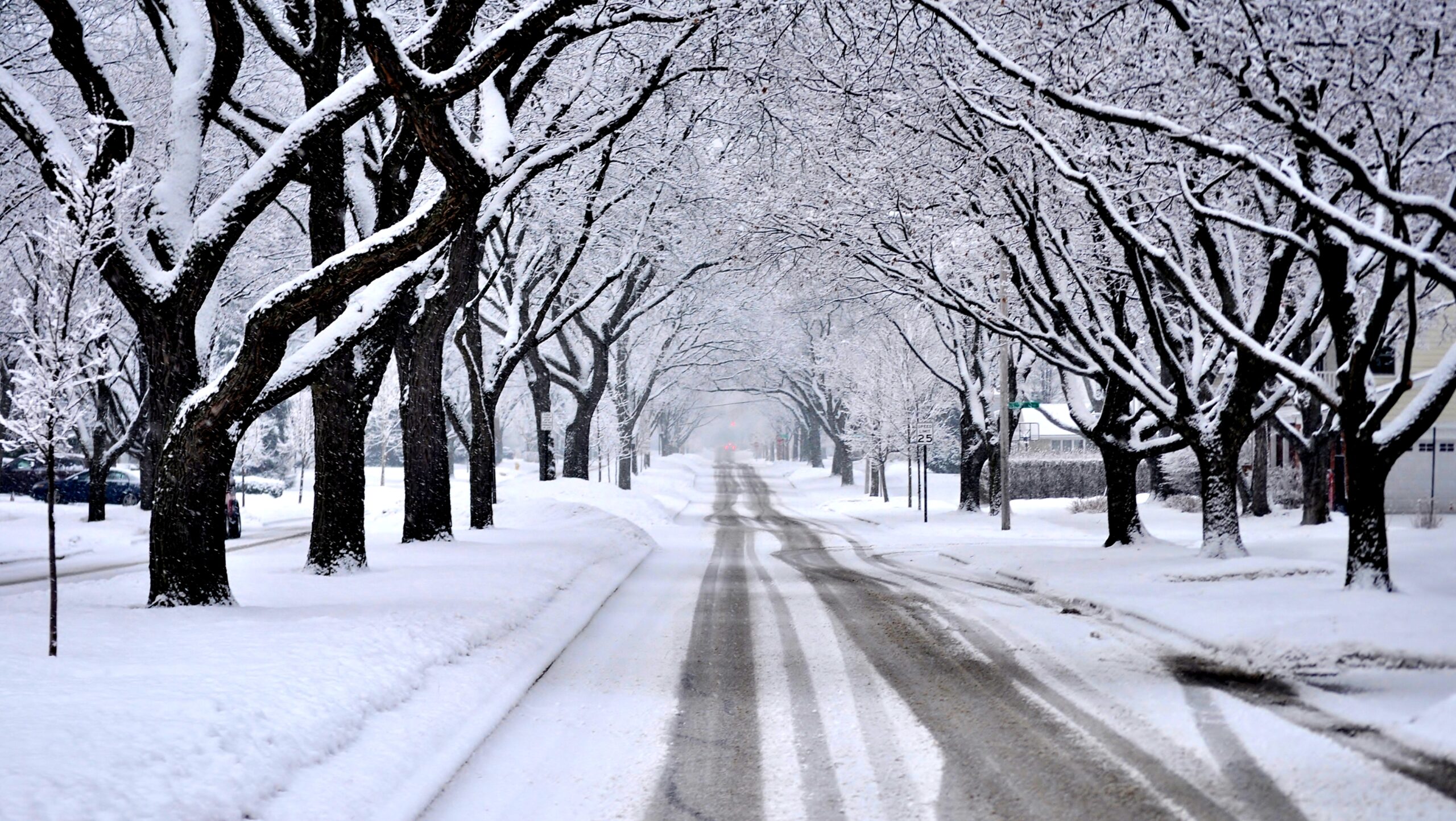Fresh snowfall shows us how much extra space we sacrifice to cars.
The city I live in—Vancouver, BC—doesn’t see snow often. But it will today—the first snowfall of winter. And probably the last.
Snow is more than an excuse to go sledding. In your city, it can be an educational experience—illuminating how much of our roadways are unnecessarily built-out to accommodate vehicle traffic that doesn’t even need to use the space.
Empty space. Dead space. Space that encourages speeding and chaotic driving. Space the lures children and other pedestrians in like a siren—space that is unsafe.
Space that could be better used for, well, just about anything.
What do I mean? Well, first let me be clear—I did not come up with this brilliant demonstration. I learned about it from the urban planner, Brent Toderian, who himself seems to credit the Urban Cycling institute of Amsterdam (of course).
Basically, the concept is this—wait for a fresh snowfall. Then peek out at the tire-tracks on your urban streets. You’ll see a familiar scene—tracks running down the middle of the road with large swaths of pristine white-stuff on either side.
But wait? What does this mean? If cars can safely traverse our cities using only half the roadway during a snowfall, could they not do so at any time?
And what could the space look like if they did?
This is a visual representation, posted by Toderian before X was X, better than I could write:
Remember, when the fresh snow flies in your city, it reveals how much we’ve over-designed our streets for cars making them faster & more dangerous, and how much space we could reclaim for people & public life. We call them #sneckdowns. HT @fietsprofessor pic.twitter.com/G1uDpOojKO
— Brent Toderian (@BrentToderian) November 2, 2022
The benefits of narrower roadways include increased green spaces and public areas, safer traffic flow (infrastructure sets speed limits, not road signs), less street parking (yes, that’s a good thing) and, well, a much prettier city. For everybody—not just when you’re behind the wheel of a car.
So step outside with fresh eyes this winter. You’ll be amazed at what the snow shows.

Leave a Reply